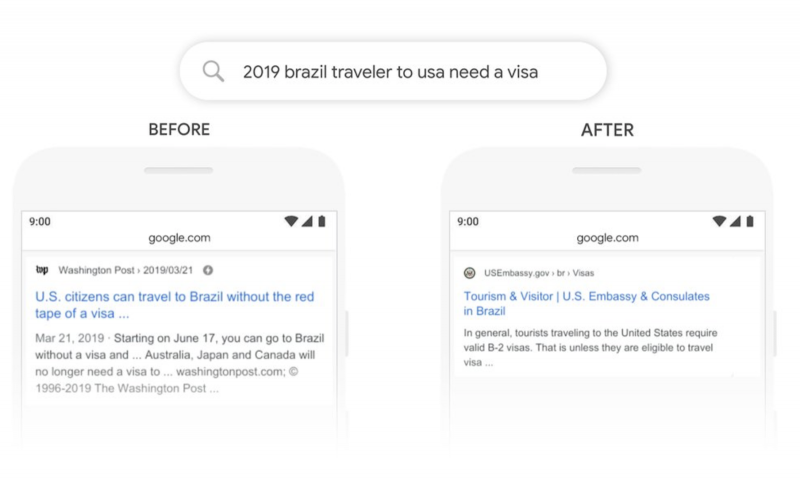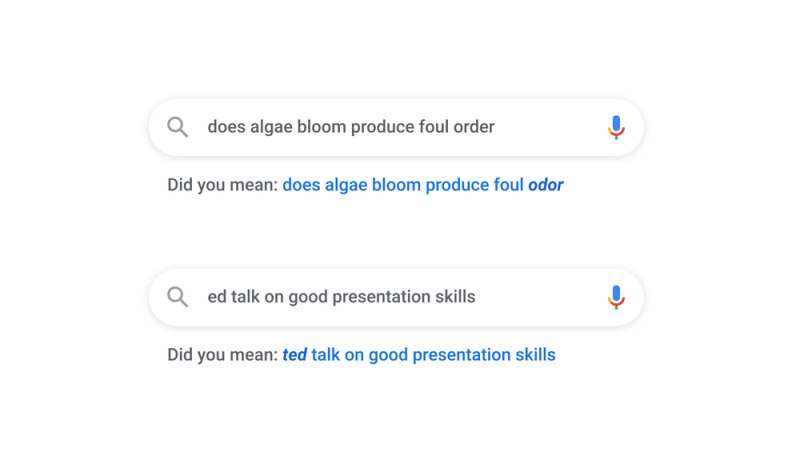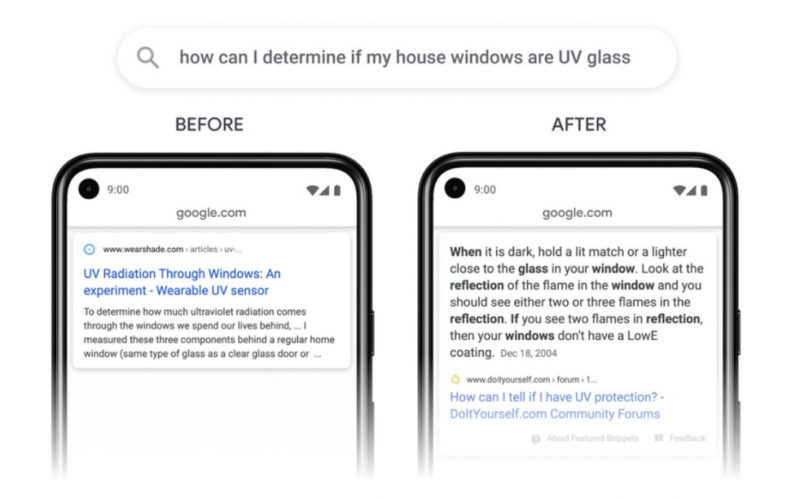Google is always making changes — big or small — and improving its search engine algorithm and how it works. However, Google does not always detail those changes.
Earlier this month, Google made multiple significant AI-powered improvements to its search results and even shared the details of what to expect.
This post highlights most of the big changes that Google is promising in the near future.
Let’s begin.
Google BERT
First of all, the big update.
According to Google, BERT is now at almost 100%.
“Today, we’re excited to share that BERT is now used in almost every query in English, helping you get higher quality results for your questions.”
For reference, when Google BERT was first introduced in late 2019, Google expected BERT to affect 10 percent of all search queries. Since then, the BERT algorithm has expanded significantly and is now expected to affect almost all search queries.
For those who are not aware of Google BERT, it helps Google understand the subtle nuances of a search query and present better, more relevant search results to users.
Here is how Google defined BERT when it first launched:
“Unlike recent language representation models, BERT is designed to pre-train deep bidirectional representations from unlabeled text by jointly conditioning on both left and right context in all layers.
As a result, the pre-trained BERT model can be fine-tuned with just one additional output layer to create state-of-the-art models for a wide range of tasks, such as question answering and language inference, without substantial task-specific architecture modifications.”
Here is an example of how Google BERT can improve the users’ search engine experience by fetching more relevant results.

If you want to learn more about Google BERT, check out our blog post: Everything you need to know about Google BERT.
Identification of individual passages
Another problem that Google has tried to solve with these new updates is the ability to find small relevant sections on a web page. As, according to Google, “very specific searches can be the hardest to get right, since sometimes the single sentence that answers your question might be buried deep in a web page.”
There has been a rising trend of creating more long-form content. According to various studies, detailed, comprehensive, and long-form content is more likely to be ranked higher on Google’s first page.
Here is a case study that further validates this theory.
According to a SerpIQ study that involved analyzing more than 20,000 keywords, the average content length on Google’s first page was more than 2,000 words. In other words, every page on Google’s first page had more than 2,000 words.
The average number of words for the content ranking on Google’s first spot was 2,416. The average number of words for the content ranking on position #10 was 2,032.
This shed some light on why more and more content markets and publishers want to publish long-form content.
However, this leads to the aforementioned problem, i.e., very specific searches can be tough to find if the answers are buried deep within a long-form blog post.
The good news is that Google has apparently found a way to identify relevant answers on a web page. Here is what Google said:
“We have recently made a breakthrough in ranking and are now able to not just index web pages, but individual passages from the pages. By better understanding the relevancy of specific passages, not just the overall page, we can find that needle-in-a-haystack information you are looking for.
Google further added that “this technology will improve 7 percent of search queries across all languages as we roll it out globally.”
Here is an example of how Google is now able to find and display relevant content for searchers.

After Google’s announcement, some publishers and content creators questioned if anything is expected from them, e.g., changes in terms of content creation or adding new meta information.
Google confirmed that no additional effort is required from website owners for Google to fully leverage this new algorithm.
According to Google’s Danny Sullivan, “It [this new technology] just means in some cases, we may now do a better job of surfacing content, no work required on the part of creators.”
Misspelled words
Misspelled words are a big problem for SEO professionals. Google — and most other search engines for that matter — are smart enough to identify common misspellings.
However, sometimes, it may also mean different search engine rankings for misspelled keywords and a diversion of organic traffic to other websites.
The good news is that Google recognized this problem and updated its algorithm accordingly.
“We’ve continued to improve our ability to understand misspelled words, and for good reason — one in 10 queries every day is misspelled.
Today, we’re introducing a new spelling algorithm that uses a deep neural net to significantly improve our ability to decipher misspellings. In fact, this single change makes a greater improvement to spelling than all of our improvements over the last five years.”
Here is an example of the new misspelling algorithm in action by Google.

According to Google, the new algorithm will help find the right results within 3 milliseconds by quickly understanding the context of misspelled words.
Understanding a wider range of subtopics
Apart from developing a better understanding of specific content on a web page, Google has also updated its ability to understand a wider range of subtopics — based on the searcher’s query.
According to Google, this development was made possible by applying neural nets to understand subtopics around an interest.
Here is an example by Google of how it may work:
“If you search for ‘home exercise equipment,’ we can now understand relevant subtopics, such as budget equipment, premium picks, or small space ideas, and show a wider range of content for you on the search results page.”
According to Google, this change is expected to go live by the end of this year.
Video searches update
Last, but not least, Google has also made a meaningful update regarding searching video content for specific information.
With the help of an AI-driven approach, Google will now be able to better understand the context of a video and “identify key moments.”
Here is how Google explained the possible use cases of this feature: “Whether you’re looking for that one step in a recipe tutorial, or the game-winning home run in a highlights reel, you can easily find those moments.”
According to Google, this update is expected to go live by the end of the year and will likely affect approximately 10 percent of Google searches globally.
Conclusion
How do you see these changes?
With AI-powered algorithms, these updates feel like the natural progression to a smarter search engine. We are excited to see how these updates improve the search experience for content creators and search engine users.
What do you think? Let us know in the comment section below.
